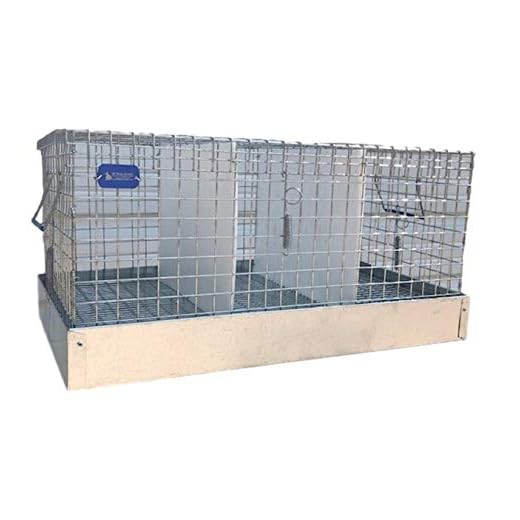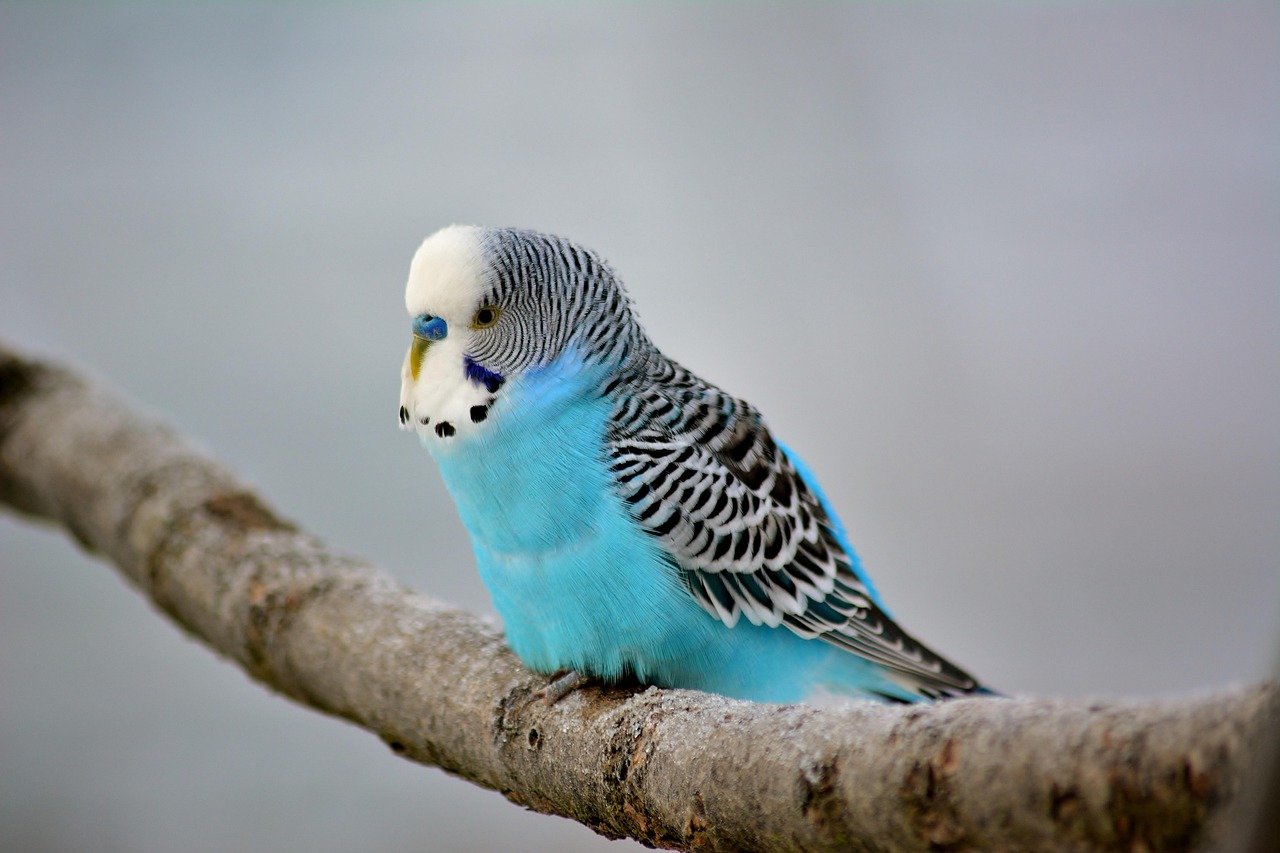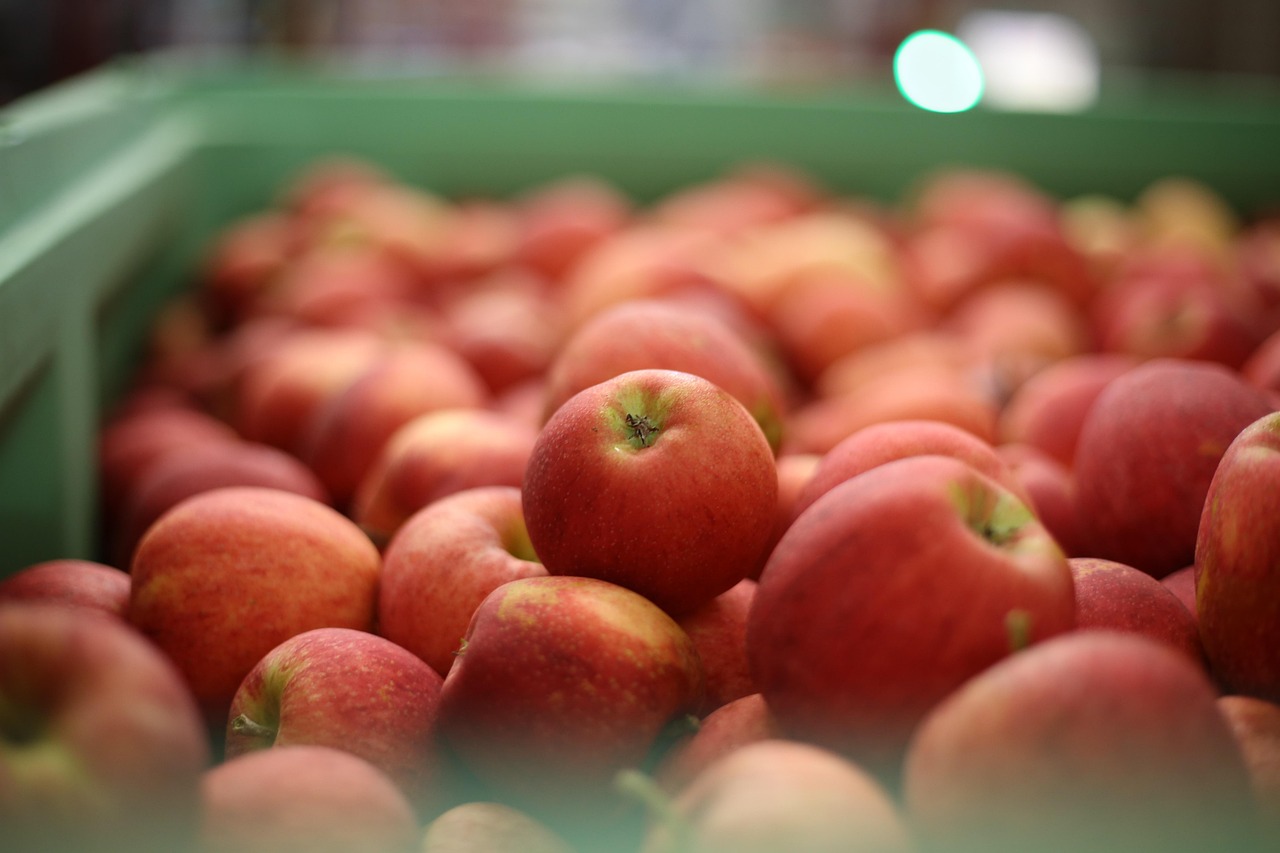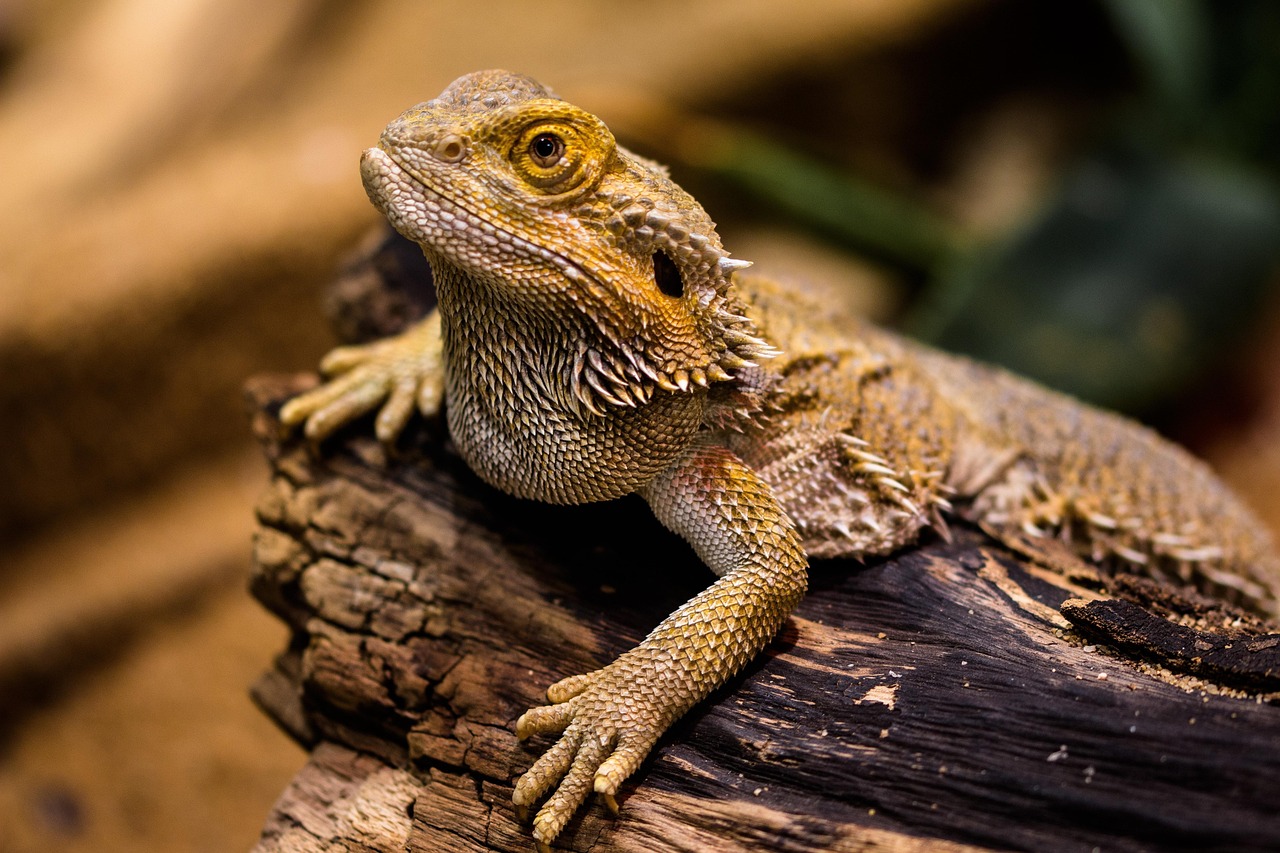Quick Fixes for a Rabbit with Overgrown Teeth
Catch overgrown rabbit teeth early to prevent pain and costly treatment. This friendly, easy guide gives six clear steps — recognize signs, prepare for vet, handle and transport safely, know what to expect, care at home, and prevent recurrence now.
What You'll Need
Taming Rabbit Teeth: Step-by-Step Guide to Trimming Overgrown Fangs
Step 1 — Recognize the Signs Early
Is your bunny suddenly picky, drooling, or losing weight? Don’t ignore those tiny clues.Spot common signs of dental trouble: reduced appetite, selective chewing (e.g., eats hay but ignores pellets), weight loss, drooling, wet fur around mouth or chin, bad breath, facial swelling, or changes in stool.
Gently check the front teeth: part the whiskers and lift the lip briefly — only if the rabbit is calm and relaxed. Look for uneven length, sharp points, or broken edges.
Note behavior changes over 24–72 hours and weigh the rabbit to track any loss (use the same scale/time). Take clear photos of the mouth and face from different angles; these help the vet triage.
Act quickly — early recognition makes treatment simpler and faster.
Step 2 — Prepare for a Vet Visit
Think of the vet trip as a rescue mission — the right prep makes it much less stressful.Call your vet and describe the signs; ask for an urgent appointment with an exotic‑medicine or rabbit‑savvy clinician. Explain drooling, eating changes, weight loss, or swelling.
Pack a secure carrier lined with a towel and bring a weighed portion of the food your rabbit prefers (e.g., a handful of hay and measured pellets) so the vet can see eating behavior. Take clear photos of the mouth and face and bring a recent weight record.
Write down medication history, chewing habits, and any diet changes. Prepare questions about diagnostics (oral exam, dental X‑rays) and likely treatments (filling, trimming, extraction).
Have a plan for emergency care outside business hours in case symptoms worsen.
Step 3 — Safe Handling and Transport
Calm moves only — awkward handling can make dental pain worse. Ready your rabbit like a VIP.Move slowly and speak softly. Gently wrap your rabbit in a towel (a “bunny burrito”) to reduce struggling and protect both of you—use a lightweight towel and tuck the legs so they can’t kick free.
Place your rabbit in a secure, dark carrier. Line the bottom with absorbent material (paper towels or a folded towel) if drooling.
Quick checklist:
Hand your photos, weight record, and notes to the vet tech on arrival to speed triage. Minimize stress to help the vet make an accurate, safer assessment.
Step 4 — What to Expect at the Vet (No DIY Cutting!)
Spoiler: most tooth fixes are medical procedures — don’t try this at home unless you’re a trained pro.Expect a full oral exam, usually with sedation or anesthesia so the vet can safely inspect cheek teeth and take dental X‑rays.
Understand treatment depends on the cause: minor incisor overgrowth may be trimmed or filed; cheek teeth problems often need specialist dental work, filing, or extraction. Vet will check for malocclusion or jaw issues and may take samples if infection is suspected.
Key points to cover with the vet:
Never attempt to cut deep or file teeth at home — you can sever pulp, cause severe pain, and create infections.
Step 5 — Home Recovery and Short-Term Care
Soft food, meds on schedule, and gentle monitoring = a speedy bounce-back.Follow the vet’s instructions strictly: give prescribed pain relief and antibiotics as directed and complete the full course.
Offer softened or soaked hay/pellets (soak pellets 5–10 minutes) and fresh leafy greens if the rabbit can chew. Use syringe feeding only if instructed and shown how by your vet.
Monitor appetite, drooling, urine and stool output, and weight daily (weigh on a kitchen scale each morning). Keep the habitat clean, quiet, and comfortably warm.
Document recovery with photos and daily weights to discuss at follow-up appointments.
Step 6 — Preventing Recurrence
Want fewer dental crises? Think like a rabbit: hay, chew, repeat — seriously.Focus prevention on diet and monitoring. Make high‑quality grass hay (timothy or orchard) 70–80% of daily intake to promote natural tooth wear.
Limit pellets and sugary treats; offer pellets as a small, measured portion. Provide chew options like wooden chew toys, untreated wicker, and plain cardboard for gnawing.
Watch for warning signs—e.g., when my neighbor’s bun started drooling and dropping weight, an early check caught a developing problem before it worsened.
You’ve Got This — and So Does Your Bunny
Prompt recognition, a quick vet visit, and smart at‑home care usually fix overgrown teeth. Try the steps, help your rabbit recover, then share your results and tips to inspire other rabbit owners.












Solid guide overall, but a couple of things I wanted more detail on:
– What about rabbits that need chronic trims every few months? Any long-term care tips beyond “preventing recurrence”?
– Are there breed-specific considerations (like lop-eared vs. upright) when it comes to overgrowth frequency?
– And I’d like a little more clarity on post-op pain management at home — what signs indicate I should call the vet?
Otherwise, clear and well written. A bit more depth in these areas would make it great.
Great points, James. For chronic cases vets often recommend more frequent check-ups (every 6–12 weeks depending on severity), dietary adjustments to increase abrasive fiber (more hay, less pellets), and sometimes imaging to check root overgrowth. Lop-eared rabbits can have different jaw alignment, so their needs might differ — we’ll expand the guide to include breed-specific notes and clear red flags for post-op issues (refusal to eat >12 hours, difficulty breathing, swelling, severe lethargy).
I have a dwarf mix that needed trims every 8 weeks for a while. We kept a food log, upped hay, and the vet taught me how to check for signs at home. It helped reduce emergency trips.
For pain signs: watch for grinding (loud teeth grinding), not moving much, hiding more than usual, and not eating. Those were the clearest red flags for us.
Nice, straightforward guide. I appreciate the “No DIY Cutting!” bit — was wondering about that.
Question: roughly how much do vet trims usually cost? Is anesthesia always needed? Any ballpark numbers would help me prepare.
Costs vary a lot by clinic and region. Simple dental filing under sedation can be $150–$400 in many places; more complex procedures or imaging can cost more. Sedation is common to ensure safety and accuracy, though some vets may use light sedation depending on the bunny and severity.
We paid about $220 for a filing and checkup last year. Our vet sedated our lop for safety — looked rough for a few hours but was fine the next day.
This guide was super helpful — thank you!
I noticed my bun stopped munching hay a few weeks ago and the “Recognize the Signs Early” section made me act fast.
Step 3 (Safe Handling and Transport) had a great towel-wrap tip that actually calmed her down during the car ride.
I did have to rush to the vet after following Step 2 and Step 4 — they confirmed overgrowth and filed the teeth under sedation.
One suggestion: maybe add a short list of questions to ask the vet when you get there (pain meds, follow-up schedule, costs).
Overall, very comforting tone — “You’ve Got This” was much needed. Thx 🙂
Thanks for the feedback, Emily — so glad the guide helped you and your bun. Great idea about a vet question checklist; we’ll add common questions like pain management, sedation risks, estimated frequency of trims, and signs that need an immediate call-back.
Yay glad your bunny is ok! One extra tip: take a short vid of your rabbit eating hay at home and show it to the vet — helped my vet see the change in appetite. 😌
Totally agree on the checklist. Also, if anyone’s nervous about transport, a small familiar blanket + a treat at the other end can make the whole thing less traumatic for the rabbit.
Short and sweet — exactly what I needed when my rabbit suddenly stopped eating pellets. The “Prepare for a Vet Visit” checklist saved me from scrambling.
Thank you!
So glad it helped, Leah. Quick tip: bring a small sample of the rabbit’s usual food to the vet — it helps them assess appetite and dietary causes faster.
Yes! I forgot once and it made the appointment longer. Lesson learned.
Thanks for this — the humor in “You’ve Got This — and So Does Your Bunny” actually made me less anxious before the vet visit.
Quick question: any tips for small carriers? My carrier is tiny and my bun freaks out (i kno, my bad for not training the carrier earlier 😅)
Also, the step about not cutting teeth yourself is bold and needed. I almost tried it once, bad idea.
I put a worn t-shirt (my scent) in the carrier and my bun started to accept it more. Might be worth a try.
And remember: secure the carrier in the car seat with a seatbelt so it can’t slide. A non-slip mat under the carrier helps too. You’ll get the hang of it — small steps!
If it’s tiny, see if you can borrow a larger carrier from the clinic for the trip — many clinics will lend or rent one for emergencies.
Carrier training is a great topic. Try leaving the carrier open in a quiet spot with hay and treats inside for a few days so your rabbit explores it voluntarily. Short ‘carrier naps’ at home can desensitize them to the space.
Also consider a soft-sided carrier — some buns prefer the cozy feeling. Just make sure it’s secure and well-ventilated.
Thank GOD the guide says NO DIY cutting. I can totally see myself trying to be a rabbit dentist with nail clippers 😂
But seriously, great step list. Short, clear, no nonsense.
Also loved the recovery tips — the small food syringe trick saved my buns life one time when she was picky.
Would be cool to have a printable 1-page checklist to keep by the phone.
Good idea — I’ll work on a printable 1-page checklist (what to bring, questions to ask, short recovery dos/don’ts) and post an update soon. Thanks for the suggestion!
Same — accidental dentist vibes would be a disaster lol. I keep a pre-packed ‘vet bag’ with towel, carrier, and a favorite small treat. Makes emergencies less chaotic.
Also, don’t forget to call ahead to let the clinic know you’re coming — they’ll often prep the room and staff which speeds things up and reduces your rabbit’s wait time.
If anyone wants, I can type up a quick checklist and paste it here. It saved me when my rabbit had a dental flare-up last year.